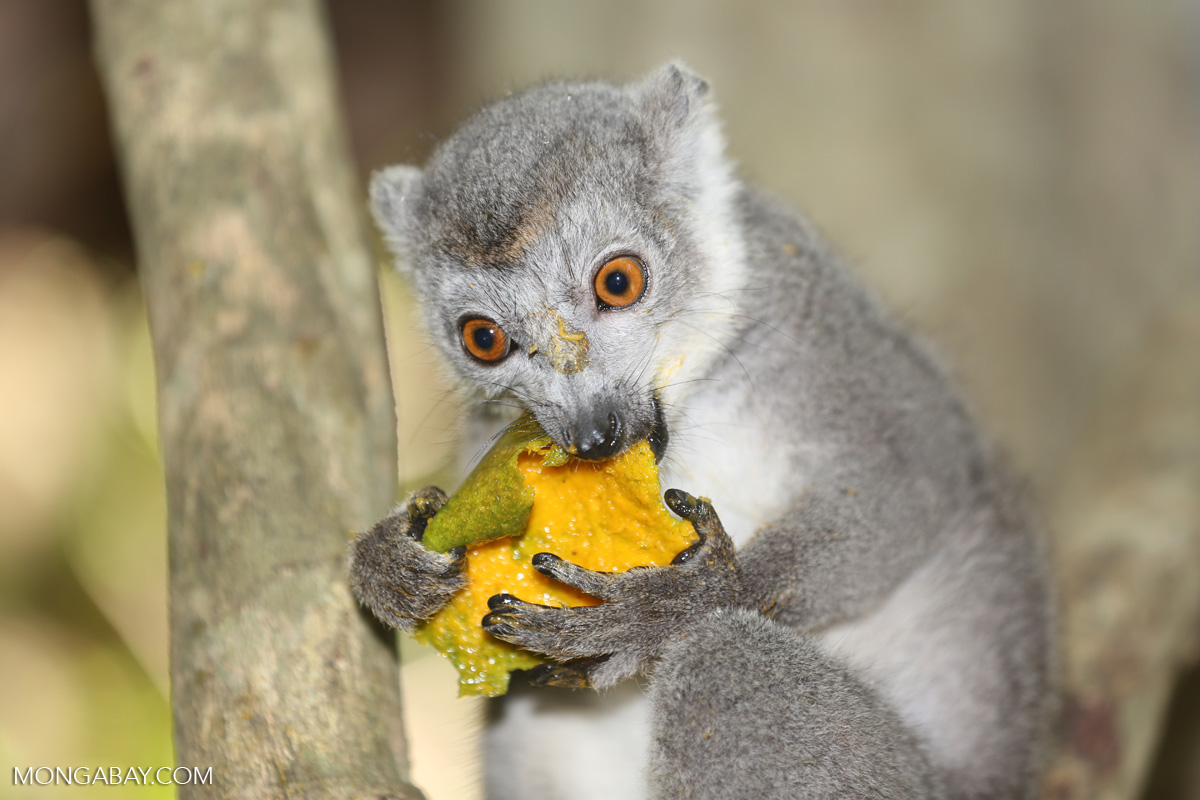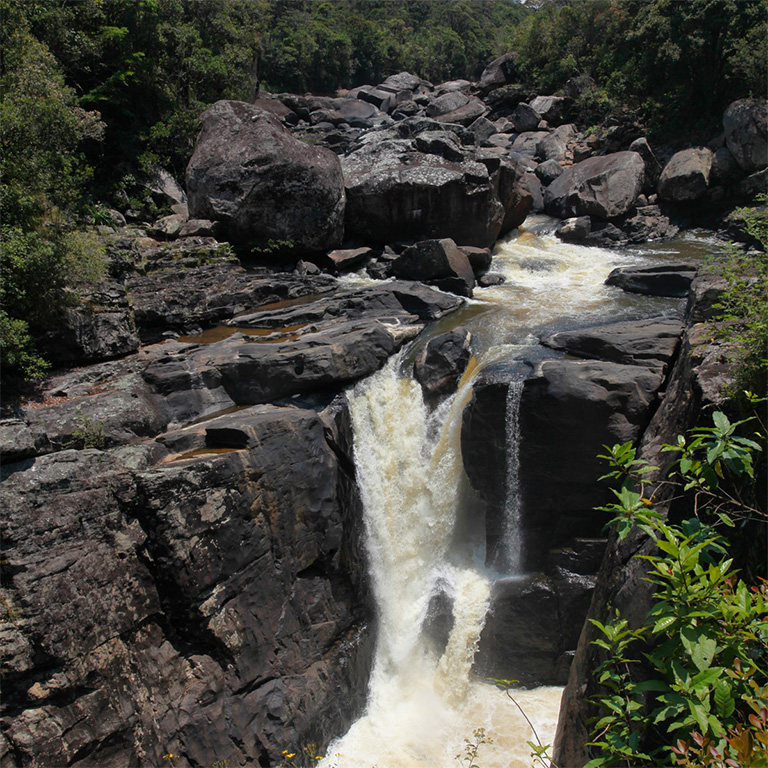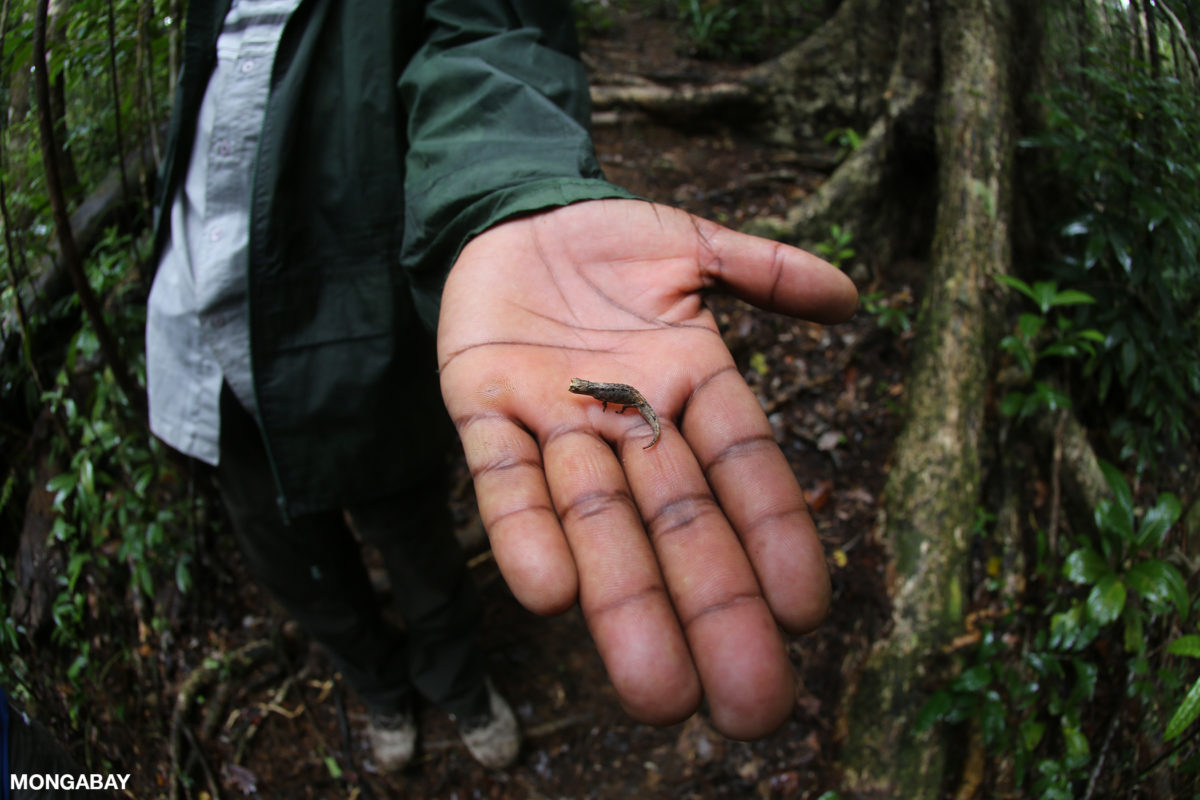- The country has lost half a billion dollars in much-needed tourism revenue since the start of 2020 because of the COVID-19 crisis, according to official estimates.
- Tourism contributes toward funding conservation efforts in Madagascar’s network of protected areas; those protected areas that rely heavily on foreign visitors have been hit worst by the crisis.
- There are also fears that international funding, the primary support for conservation efforts in Madagascar, could be jeopardized as big donors face economic crises in their home countries.
- Greater impoverishment could hurt communities living near the protected areas and lead to even more unsustainable exploitation of forests and natural resources.
The COVID-19 crisis has wiped out half a billion dollars in expected tourism revenues for Madagascar since January, according to official estimates. For the megadiverse island nation, which struggles with extreme poverty and nurtures a fragile political stability, international tourism provides much-needed revenue.
When President Andry Rajoelina came to power in January 2019, he promised to bring the country out of the woods after years of political instability. Tourism was vital to his strategy, a way to translate Madagascar’s reputation as a biodiversity hotspot into real and lasting benefits for its people.
The vanishing tourists are only the tip of the iceberg. There is uncertainty around future funding for conservation in Madagascar, which leans heavily on foreign financing. At the same time protecting natural resources will become more challenging if economic hardship intensifies in one of the poorest countries in the world, experts said.
The island nation stopped international flights on March 20 after the first cases of COVID-19 were reported, and then declared a national public health emergency and shut down its three major cities: Antananarivo, Toamasina and Fianarantsoa. Starting April 20, restrictions have been gradually eased. Despite this, the impacts the world over and the vagaries of international travel have scrambled plans for foreign visitors.

The protected area network that secures Madagascar’s most important ecosystems and species is already under strain. Those protected areas that depend on tourism are especially hard hit. Ranomafana National Park, which protects one of the last swaths of lush lowland humid rainforests in southeastern Madagascar, is one. Tourism revenue is down 100% since the government ordered parks closed in March, according to Patricia Wright, a professor at Stony Brook University in the U.S. who helped establish the park in 1991. Wright described the effect of the COVID-19 crisis as “devastating.”
Ranomafana is one of the country’s most popular parks, home to an enviable 12 lemur species, primates that are endemic to Madagascar. Wright helped established Stony Brook University’s Centre ValBio research center just outside Ranomafana National Park. It works with Madagascar National Parks (MNP) to manage the park.
Madagascar has 144 protected areas spread across about 7 million hectares (17 million acres). Of these, 92 are managed by NGOs, both international and local, most of which are supported by foreign funding. MNP, a quasi-governmental agency that is responsible for 46 protected areas, also relies on foreign aid.
“We will have a huge financial loss for this year, which is estimated at around 2.5 million dollars. We will see if there will be a normal return in September. I am not optimistic,” Mamy Rakotoarijaona, director general of MNP, told Mongabay, describing estimates for losses in tourism revenue.
France and Germany are major funders for protected areas in Madagascar. The two European nations are some of the worst affected by the COVID-19 pandemic and are staring at a prolonged economic crisis.

In an interview with Mongabay, Madagascar’s environment minister acknowledged that the ramifications of the crisis would be dire, especially given the threats that the country’s biodiversity already faces from massive deforestation for timber, fuel and cropland, as well as annual forest fires and illegal wildlife poaching.
One of the most imperiled is the Menabe Antimena protected area in southwestern Madagascar. The area hosts unique dry forests, including the island’s iconic baobab trees (Adansonia spp.) In recent years, migrants from the drought-hit south of the country have streamed into this region, adding to the deforestation pressure.
“Tourism has been hit hard,” said Tiana Andriamanana of the Malagasy NGO Fanamby, which manages the Menabe Antimena protected area. “Our support linked to tourism is completely lost.” She estimated the loss to be 20,000 to 30,000 euros ($21,700 to $32,500). It may not appear to be a large amount, but is significant in a country like Madagascar, where the average monthly income in 2019 was $37 and is even lower in rural communities close to protected areas.

It is not just the disappearance of tourists that has complicated conservation efforts. With its status as one of the most biodiverse corners of the planet, the country attracts it’s a large number of researchers, who are required to partner with local NGOs and academic institutions in their work. The economic opportunities that are generated through research work, for example, for local guides, translators and drivers, bolster local economies. Loss of these incomes will hurt communities, which help to protect forests, the most.
Centre ValBio at Ranomafana National Park regularly hosts researchers and students from abroad. “We had six study abroad programs in 2019, and all but one have canceled for 2020,” Wright said. “It’s a disaster. We have weathered a lot of storms since the park was established in 1991, but this COVID-19 is the most devastating.”
Local NGOs face difficulties of their own. Madagasikara Voakajy indefinitely suspended onsite activities at the seven protected areas it manages. It is not just the risk of NGO workers spreading the virus in communities that don’t have access to proper health care that prompted the decision. The risk of fueling perceptions that they are was also a consideration because it could harm relations with communities developed over years.
Many efforts to protect the environment rely on providing local communities with alternative livelihoods. If these opportunities do not materialize, people would be compelled to look elsewhere to sustain themselves, including exploiting forests. Without their regular program activities, NGOs could find it challenging to pay the salaries of local staff working at field offices.
Pete Lowry, director of the Madagascar program of Missouri Botanical Garden, which manages 11 protected areas in Madagascar, told Mongabay that the primary impact of the crisis had been the closure of onsite activities and the disruption of supervision and technical support to local communities.
The NGOs’ funders have so far been flexible and accommodating of delays. None of them have pulled out, said Julie Hanta Razafimanahaka, director of Madagasikara Voakajy. At the same time, none of them has promised to increase the amount of funding to help NGOs ride out the crisis, she said.

The fallout from COVID-19 could also jeopardize future fundraising efforts. “I’m more worried about what happens after the COVID-19 crisis because Voakajy is so dependent on grants,” Razafimanahaka said. She said many institutions had suspended the next cycle of grant applications. The other cause for worry is the precipitous decline in income from visitors to zoos around the world, which are also major funders of conservation in Madagascar.
The fears are not unfounded. Daniel M. Ashe, who heads the U.S.-based Association of Zoos and Aquariums (AZA), noted that in 2019 AZA raised around $250 million from zoo visitors to support conservation efforts across the world. “We are increasingly telling our members’ guests that their visit to an AZA-accredited institution is purposeful, that it is contributing to the conservation of wildlife,” he said. “This pandemic is going to show that, because the ability of our members to support conservation, I am sure, is going to be much reduced.”
The funding crunch couldn’t come at a worse time: the cost of continuing the conservation programs at full strength in Madagascar would swell because of the delays and uncertainties; the longer projects run the more they will cost. “We must return to the normal system; otherwise, we cannot carry out good conservation of our parks, the cost of conservation will increase by double or even triple,” said MNP’s Rakotoarijaona.
Others have an even starker warning. “People, without the four million dollars that flowed into the Ranomafana National Park region from tourism and research, will be forced to return to cutting the forest and farming,” Wright said. “I fear for the future of the people and wildlife in Madagascar.”

Banner Image: Brookesia chameleon in the rainforest of Madagascar’s Masoala Peninsula. Image by Rhett A. Butler
Malavika Vyawahare is a staff writer for Mongabay. Find her on Twitter: @MalavikaVy
FEEDBACK: Use this form to send a message to the author of this post. If you want to post a public comment, you can do that at the bottom of the page.
Editor’s note: The original header image was switched after publication.
